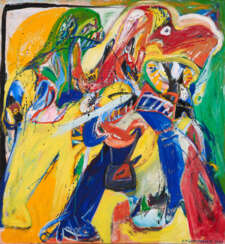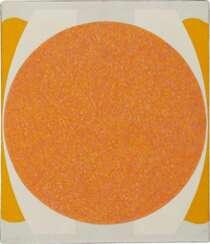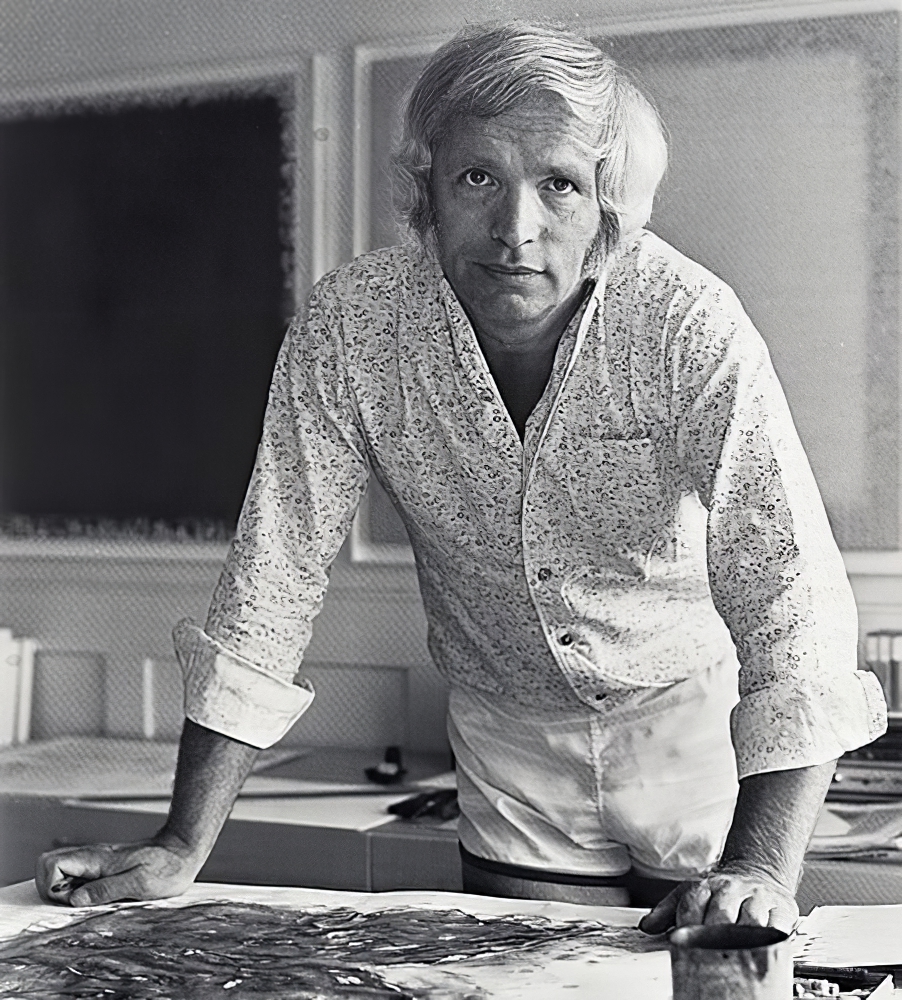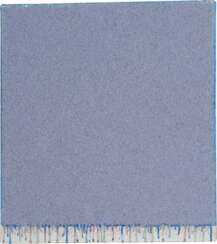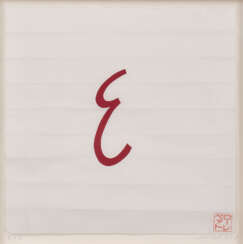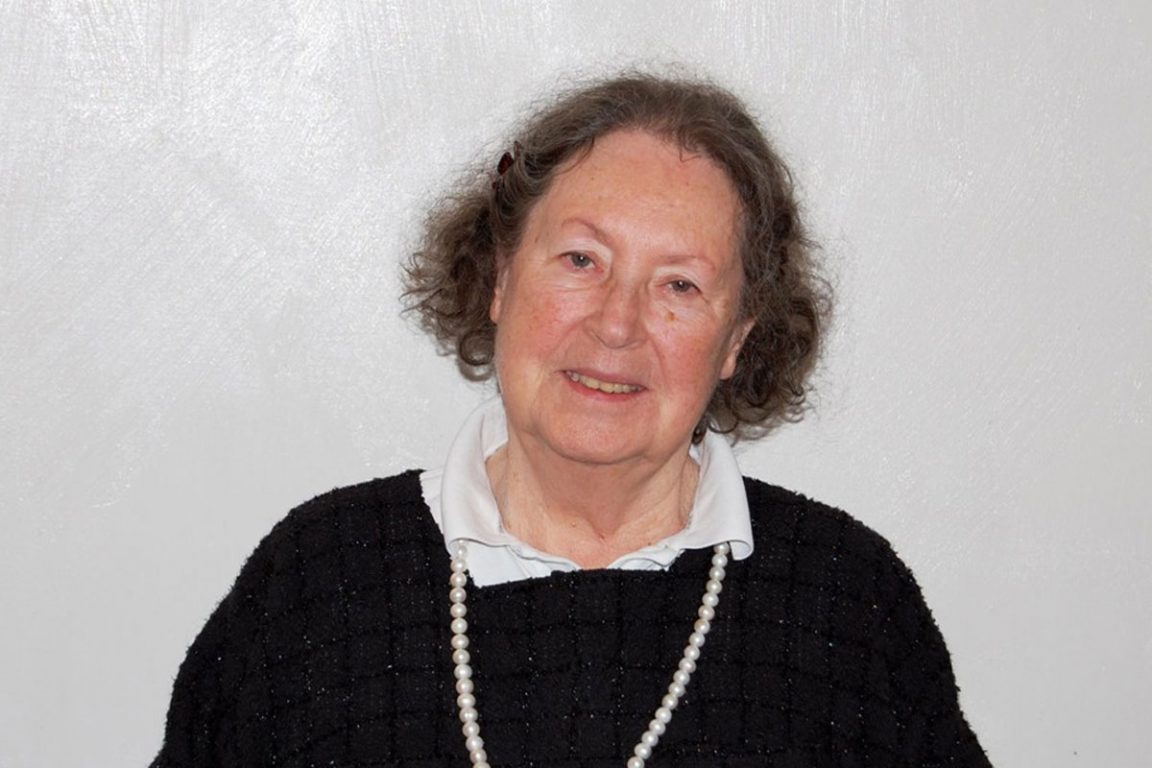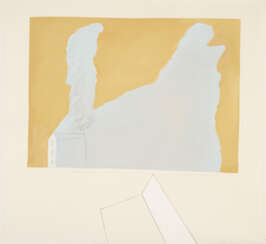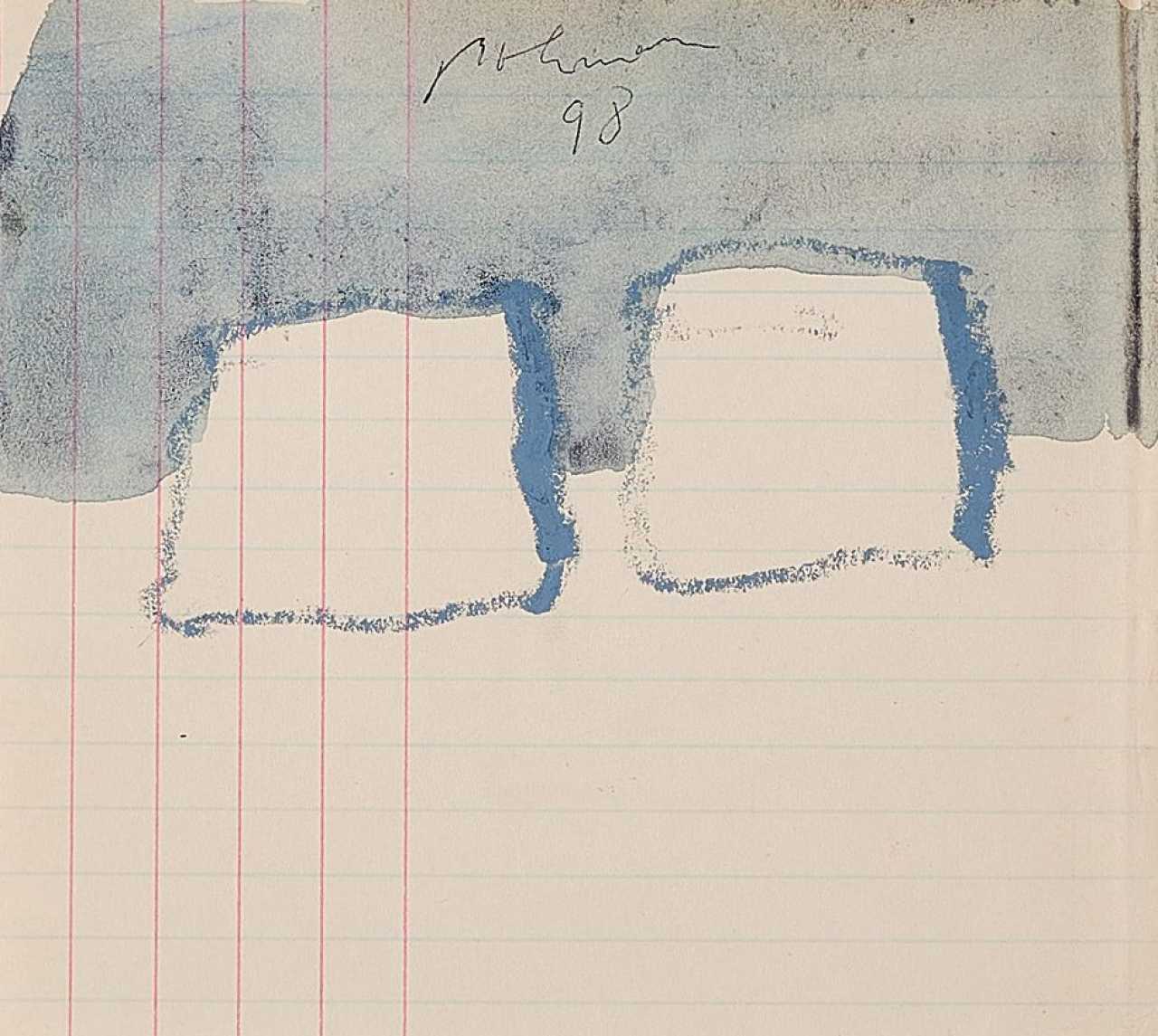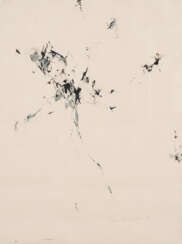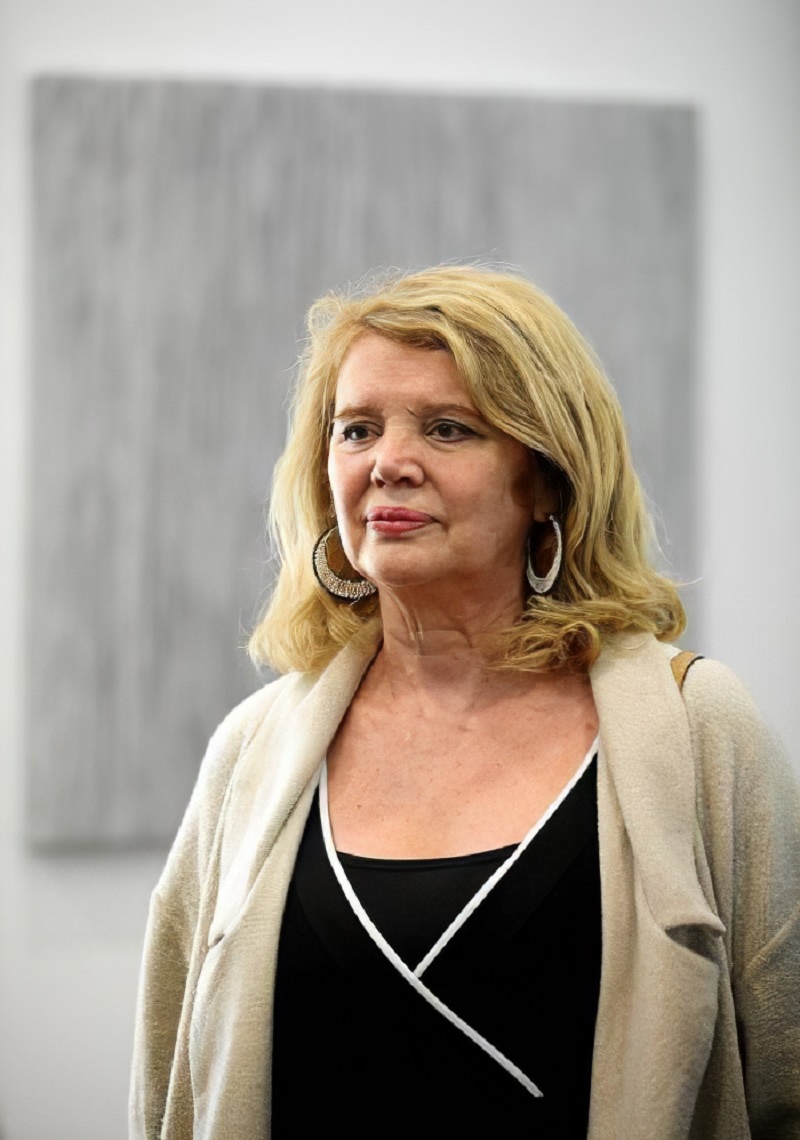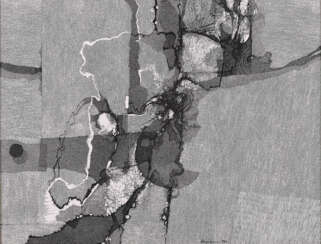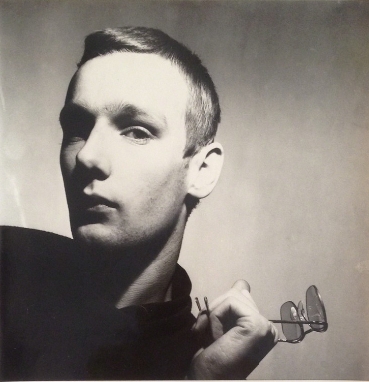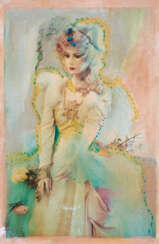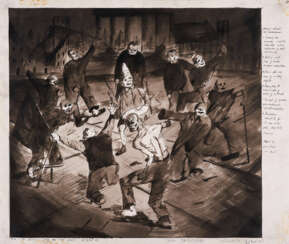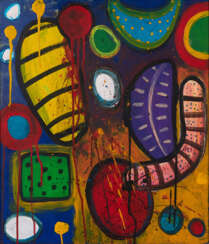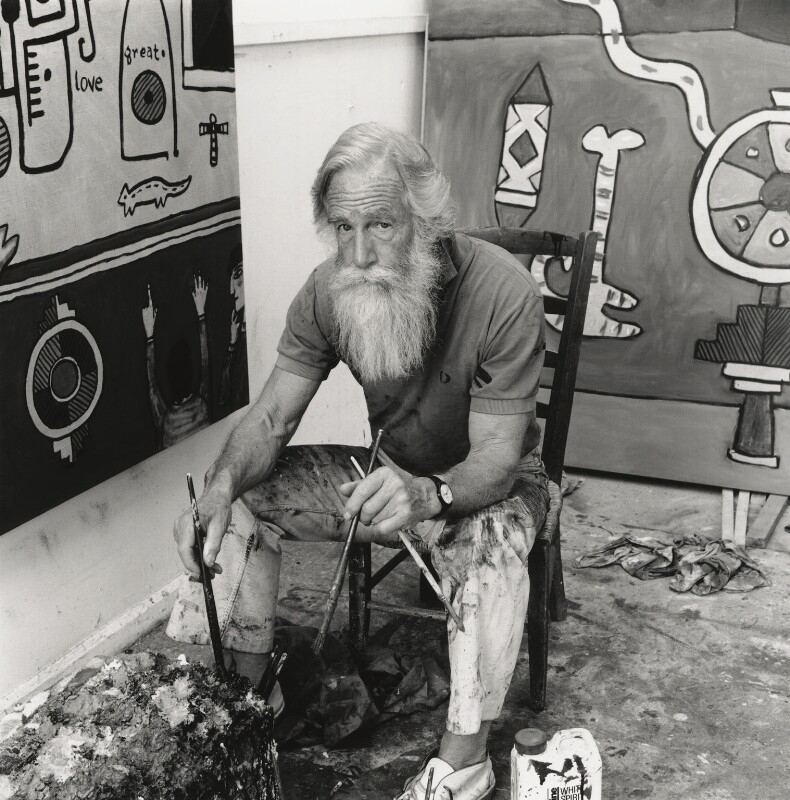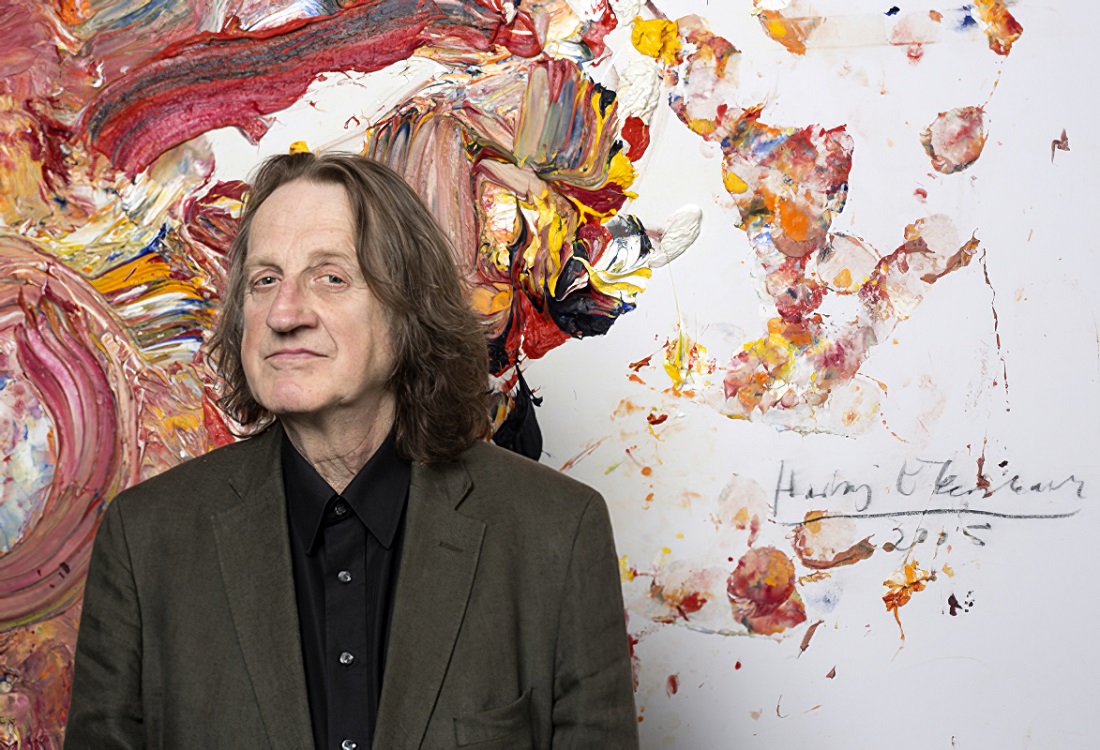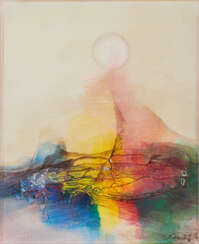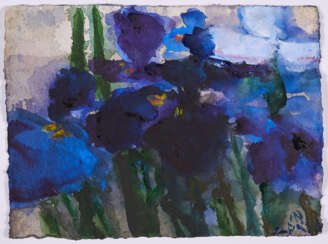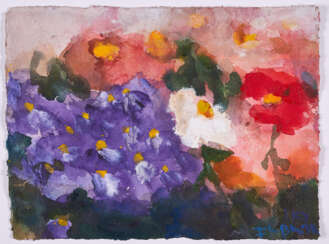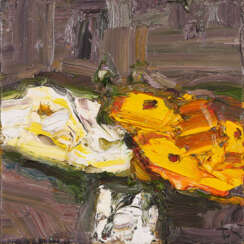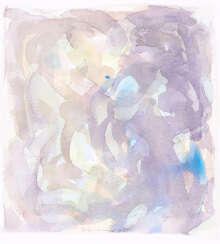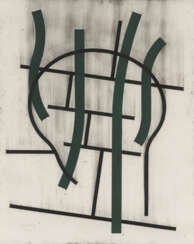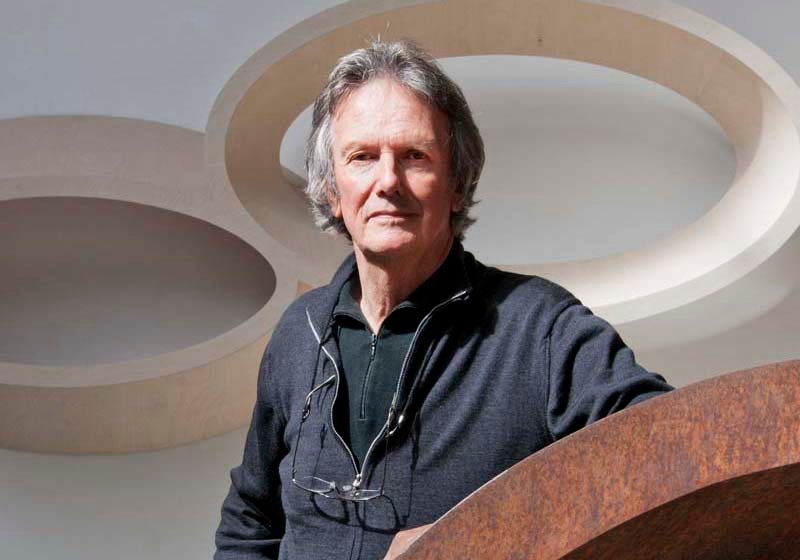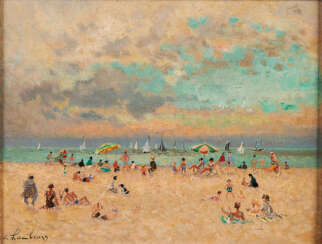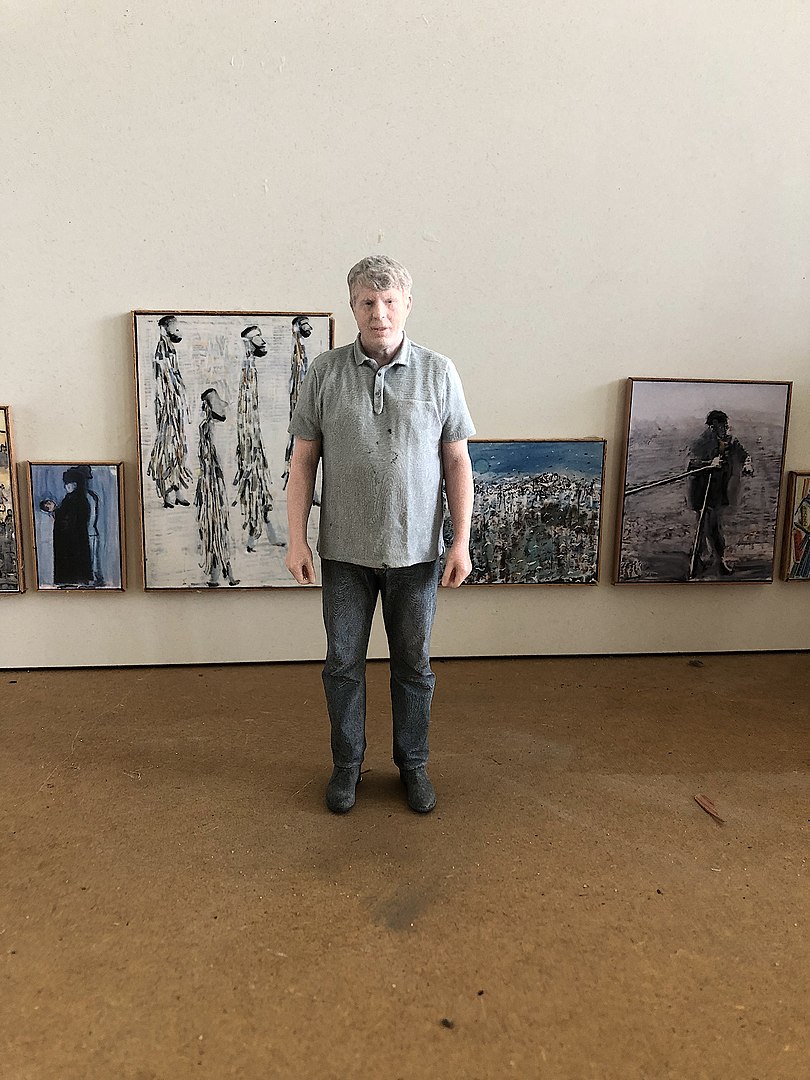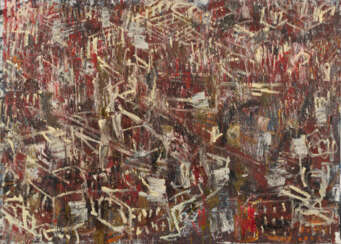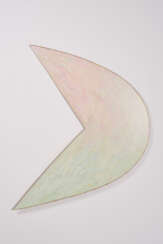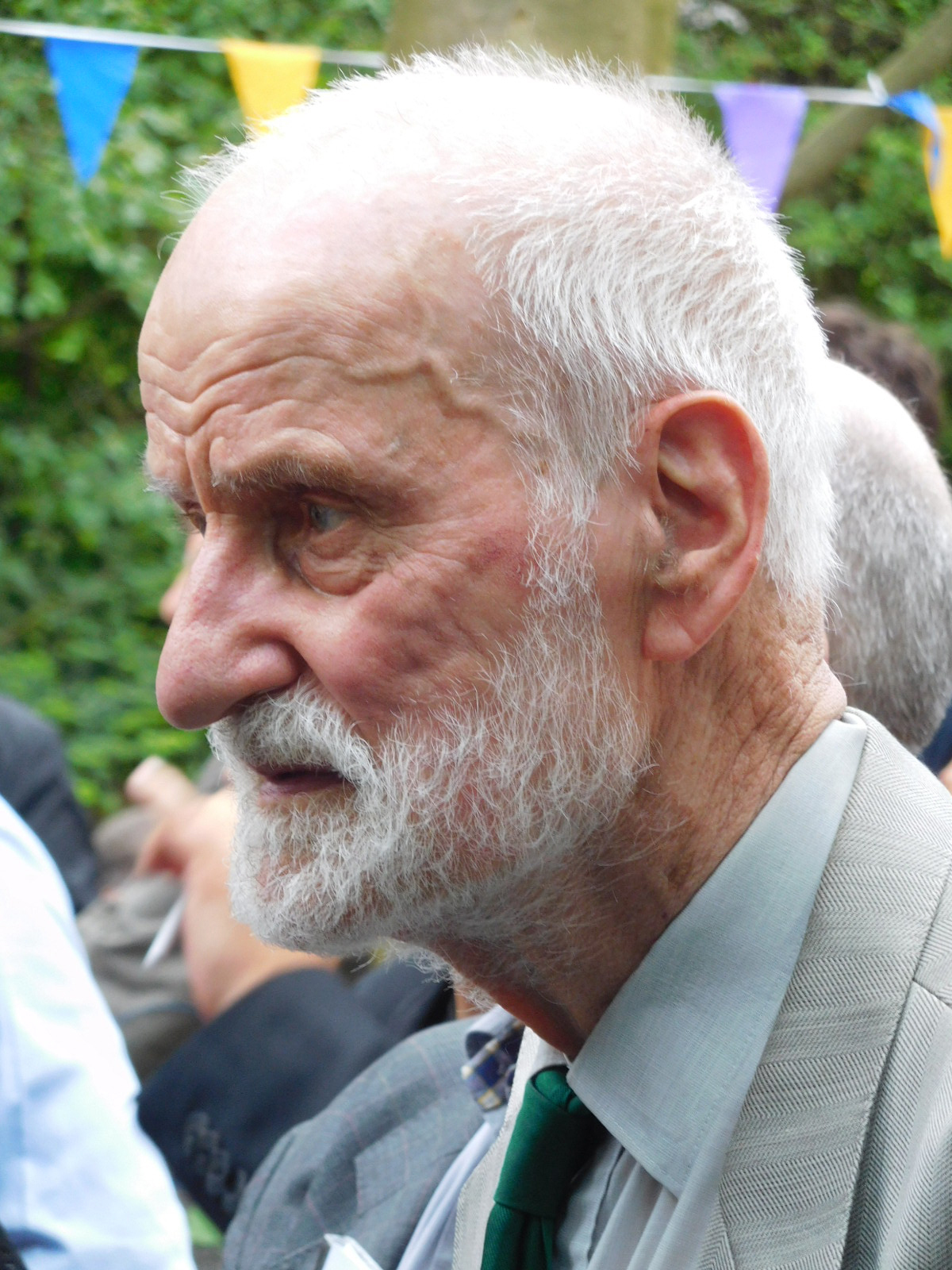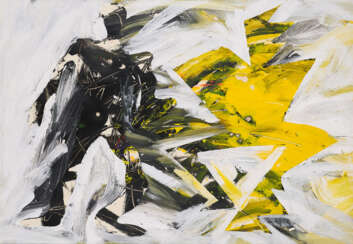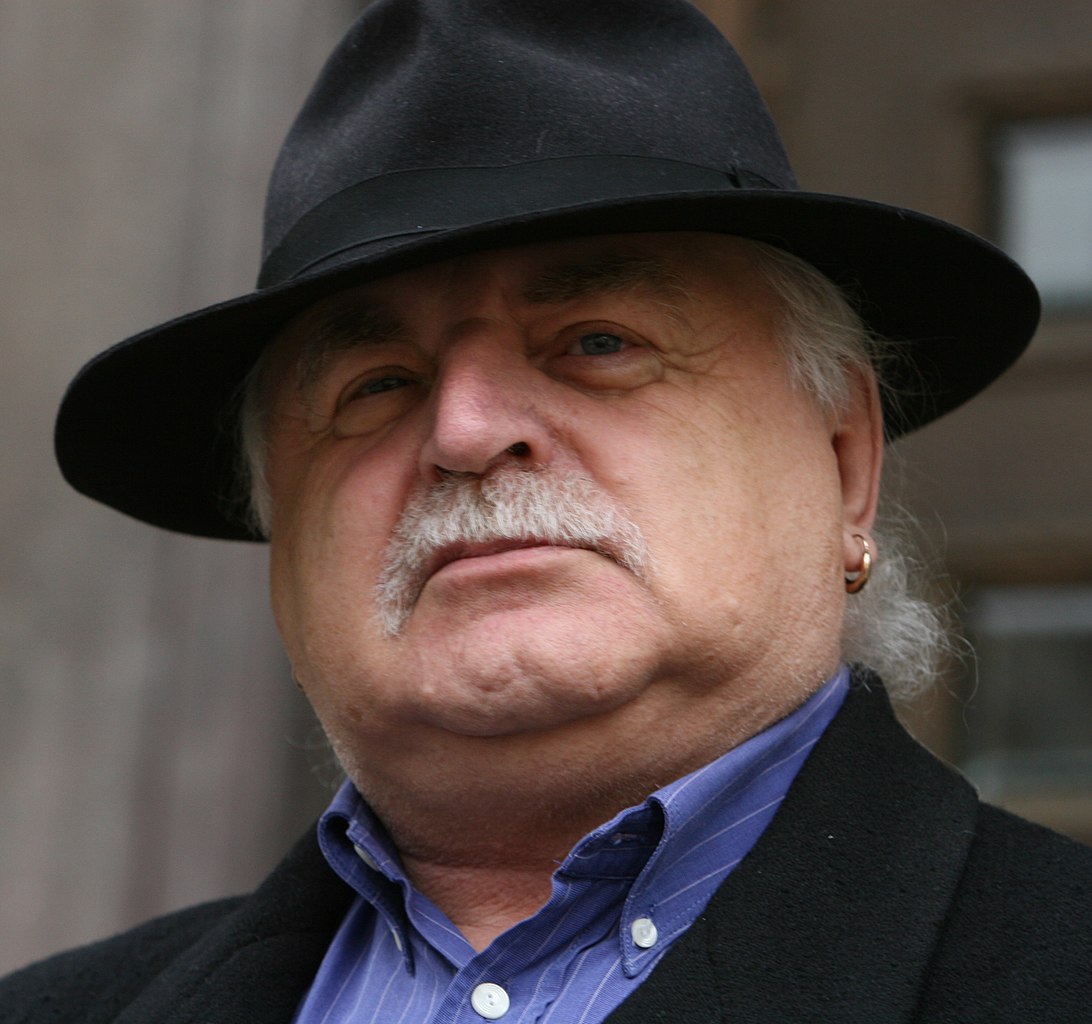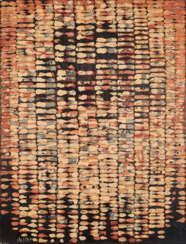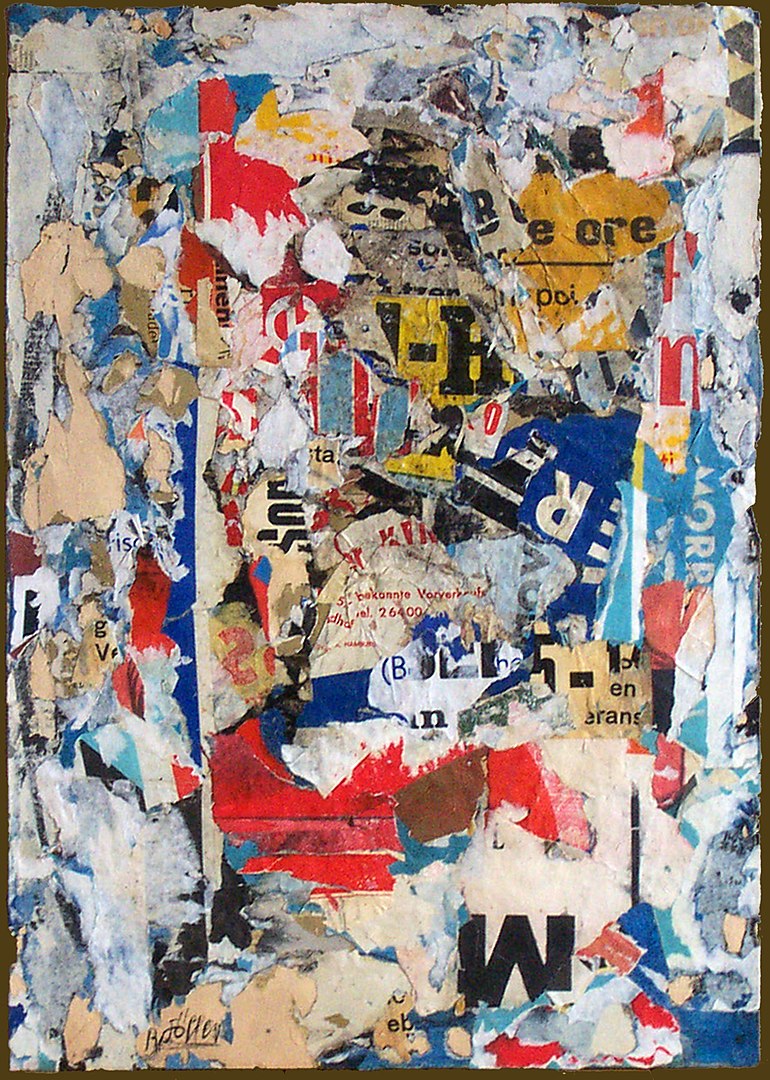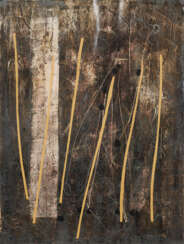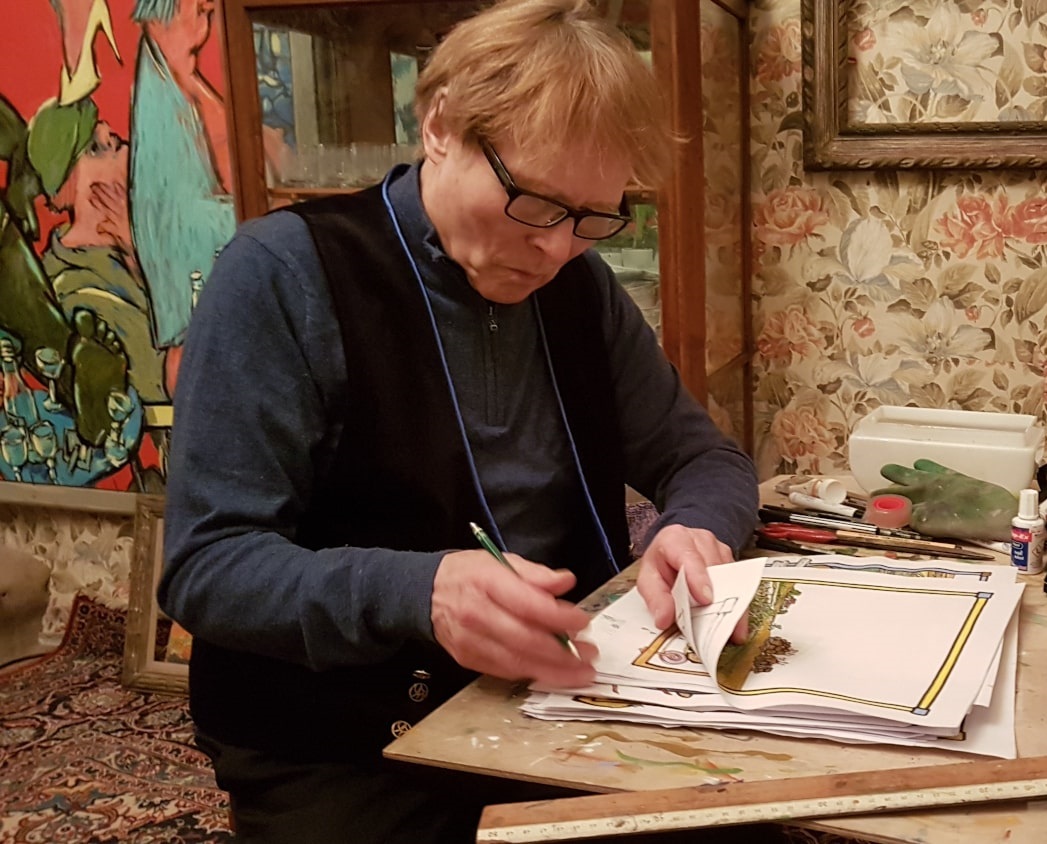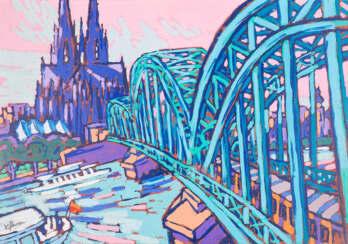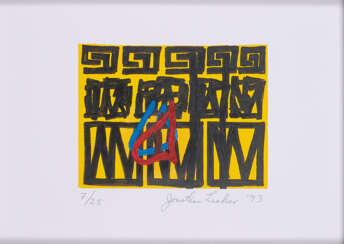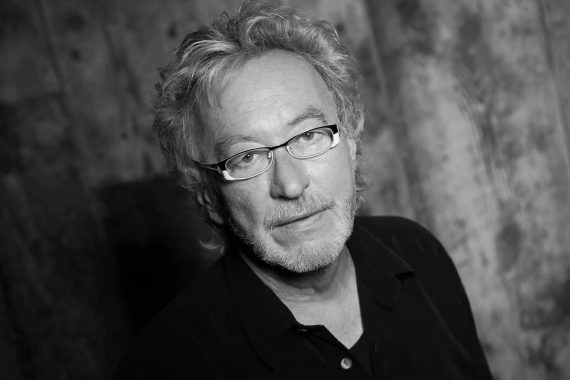
Post War — A1165: From Baselitz to Vasarely
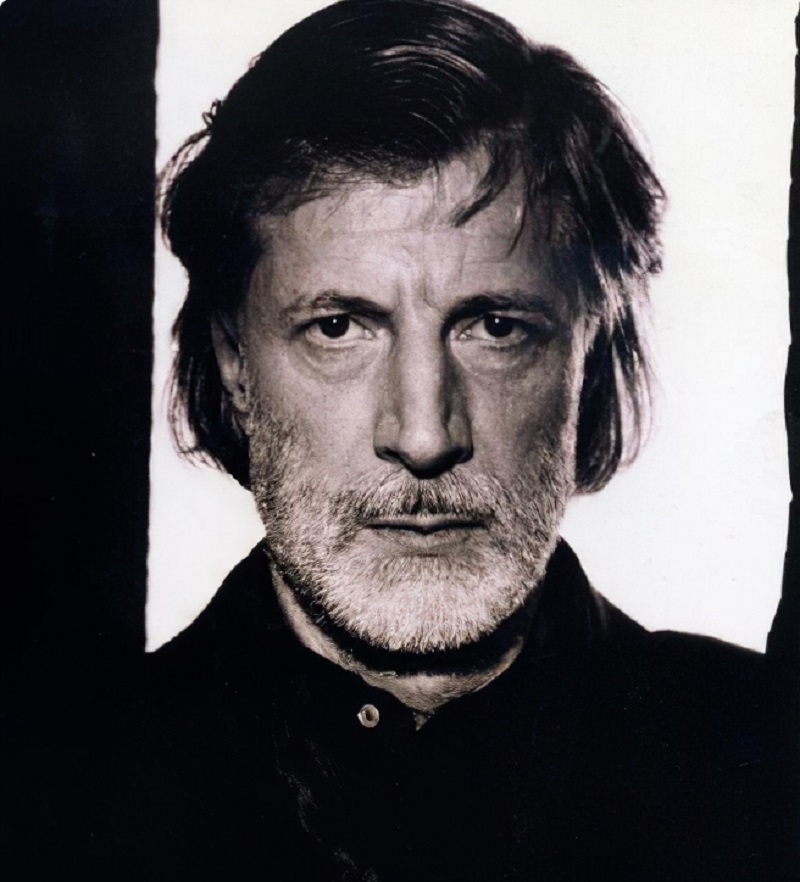
Hans Matthäus Bachmayer was a German expressionist painter and sculptor.
Bachmayer created large-format expressive paintings. His sculptures consist of individual pieces of wood glued together to form bizarrely shaped structures. The expressive colouring of the rough materials created an interesting tension between colour and form.
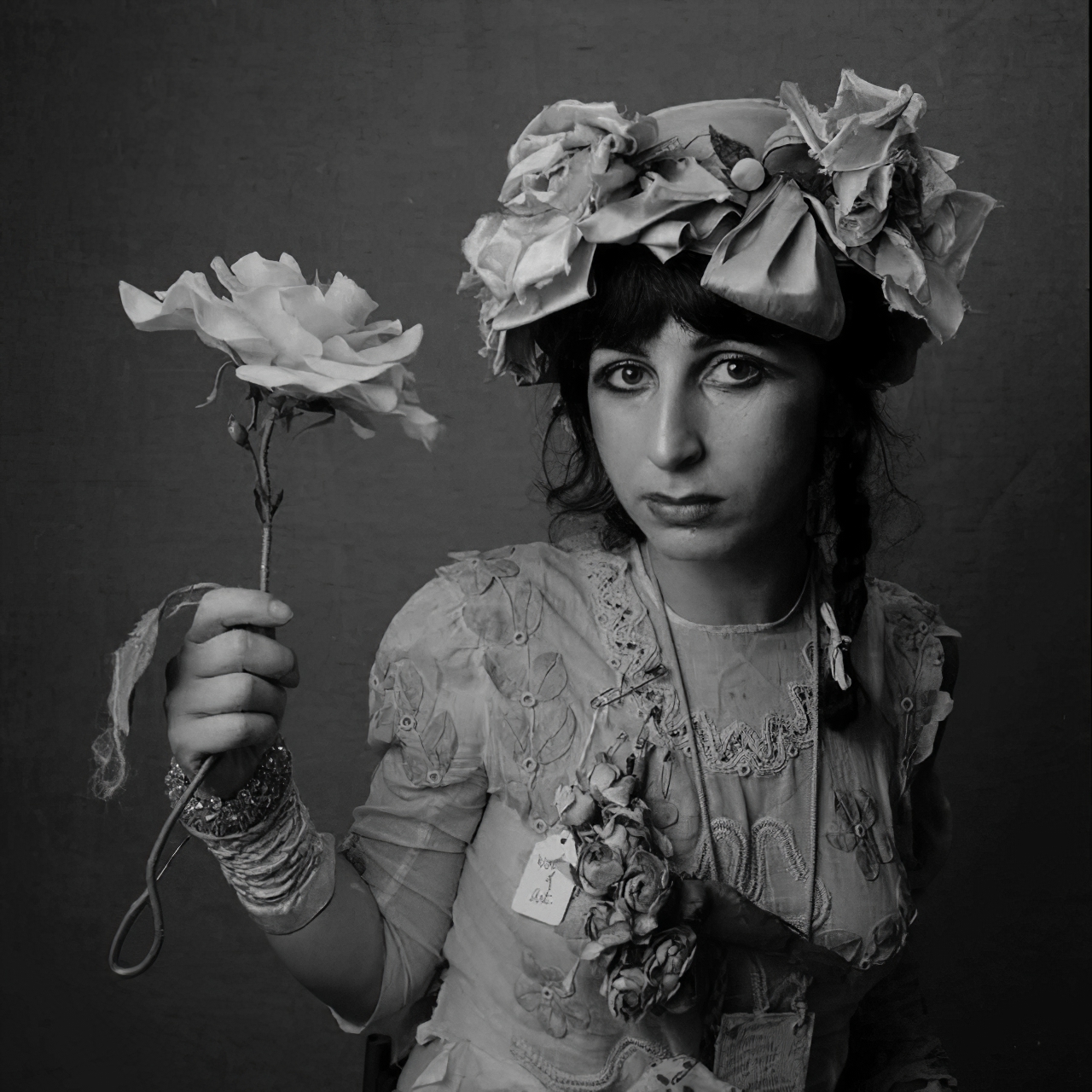
Colette Justine, better known as Colette Lumiere, is a Tunisian-born, American multimedia artist known for her pioneering work in performance art, street art, and her use of photography to create photographic tableau vivant. She is also known for her work exploring male and female gender roles, use of guises and personas, and for soft fabric environments, where she often appears as the central element.
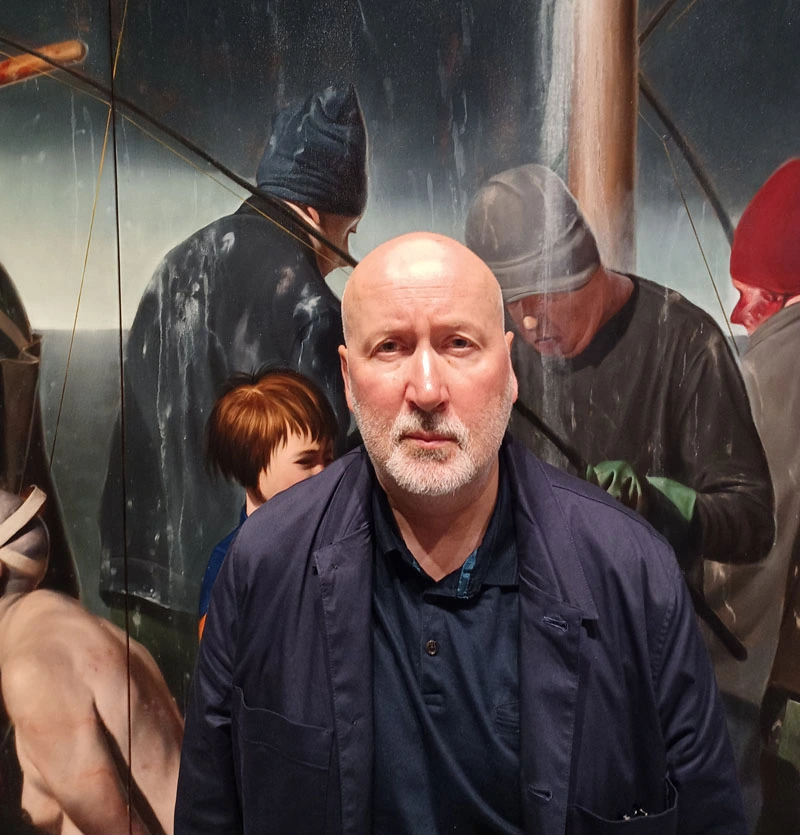
Ken Currie is a Scottish artist and a graduate of Glasgow School of Art (1978-1983). Ken grew up in industrial Glasgow. This has had a significant influence on his early works. In the 1980s Currie produced a series of works that romanticised Red Clydeside depicting heroic Dockworkers, Shop-stewards and urban areas along the River Clyde.
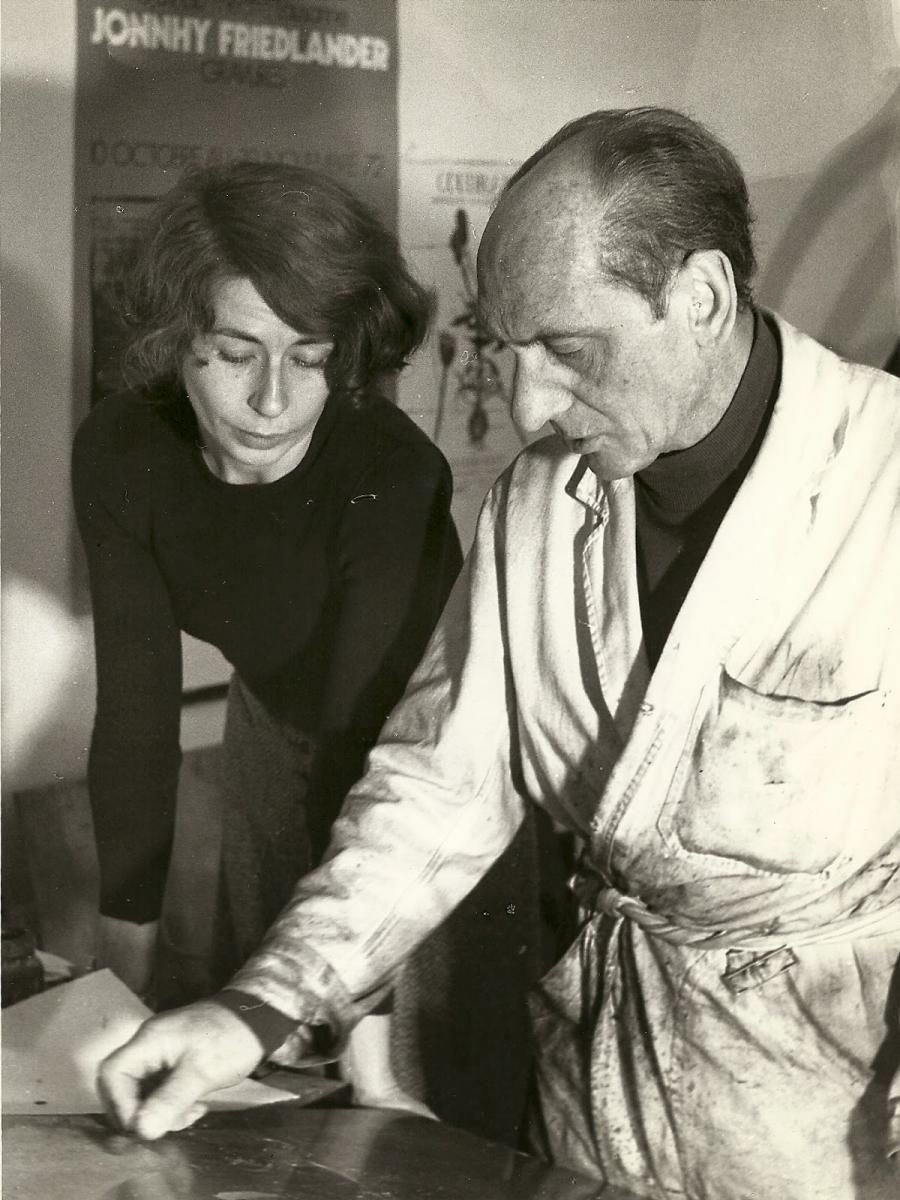
Johnny Friedlaender was a leading German/French 20th-century artist, whose works have been exhibited in Germany, France, Netherlands, Italy, Japan and the United States. He has been influential upon other notable artists, who were students in his Paris gallery. His preferred medium of aquatint etching is a technically difficult artistic process, of which Friedlaender has been a pioneer.
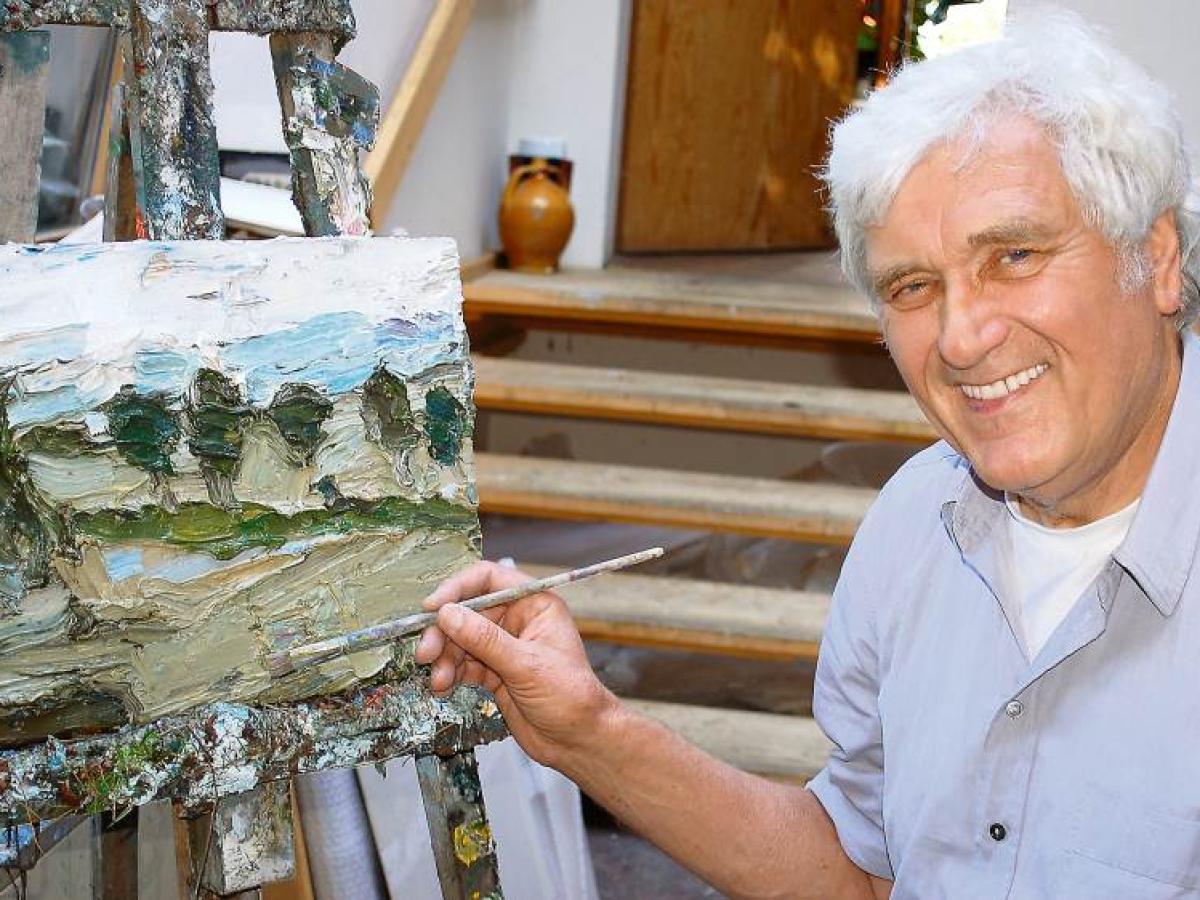
Klaus Fußmann is a contemporary German painter. He studied from 1957 to 1961 at the Folkwang University of the Arts in Essen and from 1962 to 1966 at the Berlin University of the Arts. From 1974 to 2005, he was a professor at the Berlin University of the Arts. His work has won several awards, such as the Villa Romana prize in 1972 and the Art Award of Darmstadt in 1979. Major presentations of his work include exhibitions at the Neue Nationalgalerie in Berlin, 1972; the Mathildenhöhe in Darmstadt, 1982; the Kunsthalle Emden, 1988; the Kunsthalle Bremen, 1992; and the Museum Ostwall in Dortmund, 2003. In 2005 Fußmann completed a monumental ceiling painting in the Mirror Hall of the Museum für Kunst und Gewerbe Hamburg.

Klaus Fußmann is a contemporary German painter. He studied from 1957 to 1961 at the Folkwang University of the Arts in Essen and from 1962 to 1966 at the Berlin University of the Arts. From 1974 to 2005, he was a professor at the Berlin University of the Arts. His work has won several awards, such as the Villa Romana prize in 1972 and the Art Award of Darmstadt in 1979. Major presentations of his work include exhibitions at the Neue Nationalgalerie in Berlin, 1972; the Mathildenhöhe in Darmstadt, 1982; the Kunsthalle Emden, 1988; the Kunsthalle Bremen, 1992; and the Museum Ostwall in Dortmund, 2003. In 2005 Fußmann completed a monumental ceiling painting in the Mirror Hall of the Museum für Kunst und Gewerbe Hamburg.

Klaus Fußmann is a contemporary German painter. He studied from 1957 to 1961 at the Folkwang University of the Arts in Essen and from 1962 to 1966 at the Berlin University of the Arts. From 1974 to 2005, he was a professor at the Berlin University of the Arts. His work has won several awards, such as the Villa Romana prize in 1972 and the Art Award of Darmstadt in 1979. Major presentations of his work include exhibitions at the Neue Nationalgalerie in Berlin, 1972; the Mathildenhöhe in Darmstadt, 1982; the Kunsthalle Emden, 1988; the Kunsthalle Bremen, 1992; and the Museum Ostwall in Dortmund, 2003. In 2005 Fußmann completed a monumental ceiling painting in the Mirror Hall of the Museum für Kunst und Gewerbe Hamburg.
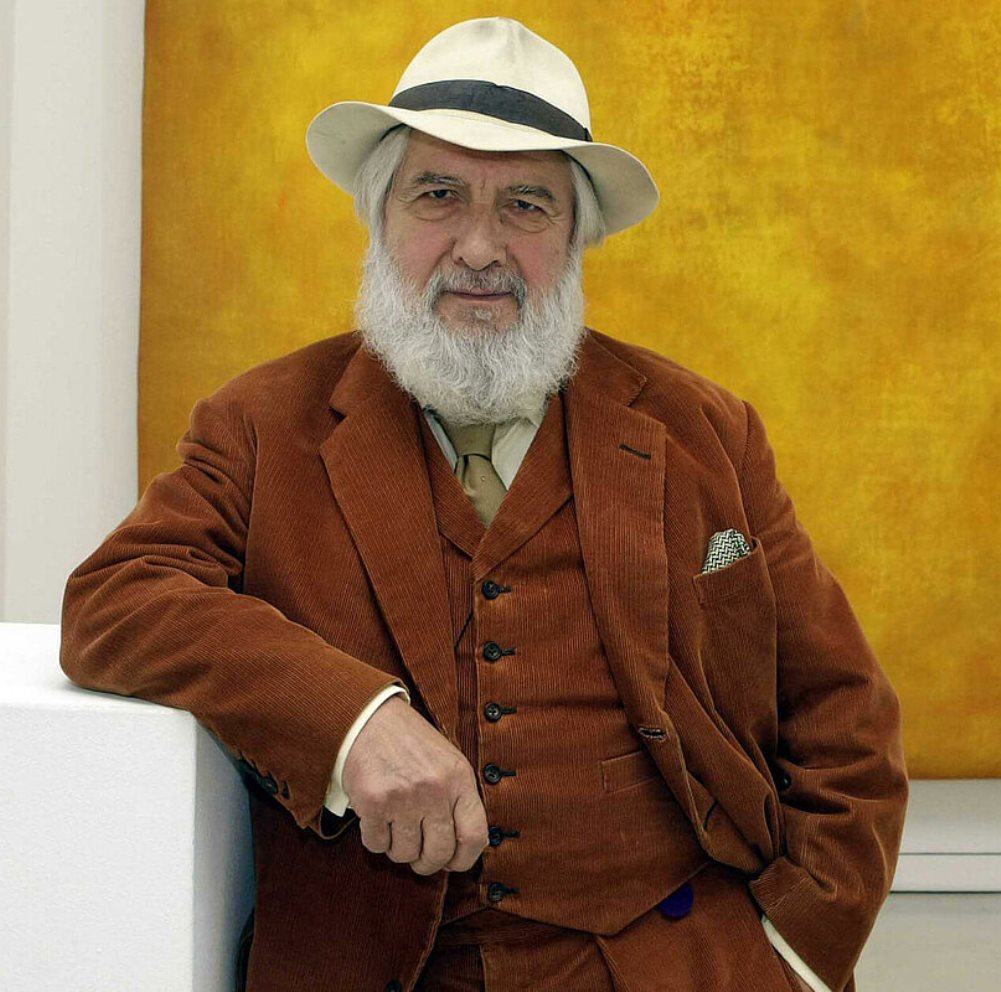
Gotthard Graubner was a German abstract painter associated with the post-war Zero and Informel movements. Graubner's work is known for its focus on color and its relationship to space and perception.
Graubner studied at the Kunstakademie Düsseldorf under the painter Georg Meistermann. In the 1950s, he became associated with the Zero group, a movement of artists who sought to create a new art form that was free of traditional artistic conventions and focused on the use of unconventional materials.
In the 1960s, Graubner began creating his signature "color-space bodies," large canvases that were mounted away from the wall and filled with thick layers of pigment. These works were designed to be experienced as three-dimensional objects that were both paintings and sculptures, and they often created a sense of depth and spatial ambiguity.
Graubner's work was exhibited widely in Europe and the United States, and he was the recipient of numerous awards and honors throughout his career. He also taught at several art schools, including the Kunstakademie Düsseldorf and the Städelschule in Frankfurt.
Graubner's innovative approach to painting and his exploration of the relationship between color, space, and perception continue to be an important influence on contemporary art.
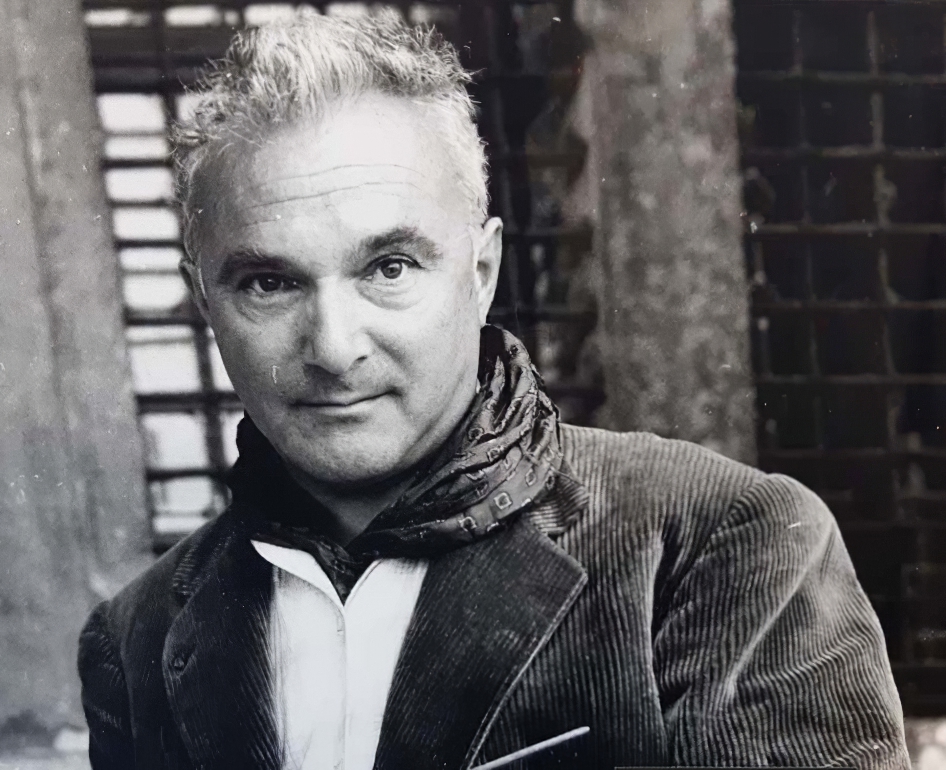
André Hambourg is a French artist of romantic Venetian compositions, luminous seascapes and beach scenes.
André Hambourg's work has been characterised as figurative and influenced by Post-Impressionism. He was able to capture the atmosphere and light of coastal regions, particularly the coast of Normandy and the Mediterranean Sea. His paintings were often characterised by vivid colours, a dynamic brushwork and a sense of movement.
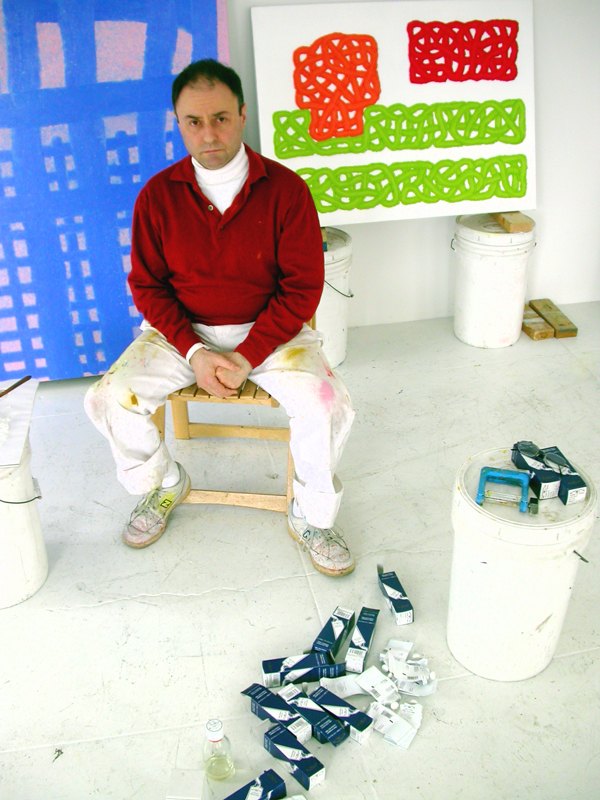
Jonathan Lasker is an American abstract painter whose work has played an integral role in the development of Postmodern Painting. He currently lives and works in New York City.
Lasker has been awarded National Endowment for the Arts Fellowship Grants in 1987 and again in 1989. In 1989 he was also awarded the New York Foundation for the Arts Fellowship Grant. His work has been covered in Artforum, Artscribe, Arts Magazine, Flash Art, New Art Examiner, New York Magazine, The New York Times, Tema Celeste, Village Voice, Bomb Magazine, and The Washington Post among others. He was the subject of the 2005 book Jonathan Lasker: Expressions Become Things by Richard Milazzo which documented his process of developing abstract compositions from sketches to paintings.
